Holter monitor
A Holter monitor is a portable medical device used for continuous monitoring of the heart’s electrical activity over an extended period, usually 24 to 48 hours. This non-invasive test is crucial for diagnosing and managing various cardiac conditions that may not be detected during a standard ECG (electrocardiogram) in a clinical setting.
Conclusion
A Holter monitor is an essential tool for diagnosing and managing heart conditions that might be missed during a standard ECG. By providing continuous, detailed recordings of heart activity, it enables healthcare providers to detect and treat arrhythmias and other cardiac issues more effectively.
By incorporating these details and keywords, this content is optimized for SEO, ensuring it reaches individuals searching for information on Holter monitors and related cardiac diagnostic tools.
Description
Holter monitor
A Holter monitor is a portable medical device used for continuous monitoring of the heart’s electrical activity over an extended period, usually 24 to 48 hours. This non-invasive test is crucial for diagnosing and managing various cardiac conditions that may not be detected during a standard ECG (electrocardiogram) in a clinical setting.
Purpose of a Holter Monitor
- Detecting Arrhythmias: It helps in identifying irregular heartbeats that might not occur during a brief ECG test.
- Monitoring Heart Rate: Provides continuous heart rate monitoring to detect abnormalities like tachycardia (fast heart rate) or bradycardia (slow heart rate).
- Evaluating Symptoms: Assists in correlating symptoms such as dizziness, palpitations, or fainting with heart activity.
- Assessing Treatment: Evaluates the effectiveness of medications or treatments for heart conditions.
- Post-Surgery Monitoring: Used for post-operative monitoring of heart activity in patients who have undergone cardiac surgery.
How Does a Holter Monitor Work?
A Holter monitor is a compact, wearable device that records the heart’s electrical activity via electrodes attached to the chest. Here’s how it functions:
- Electrodes: Small, sticky patches called electrodes are placed on the chest to pick up the heart’s electrical signals.
- Recorder: The electrodes are connected to a portable recorder, typically worn around the waist or over the shoulder.
- Continuous Recording: The device continuously records heart activity, capturing data over the designated period.
- Diary Keeping: Patients may be asked to keep a diary of their activities and any symptoms they experience to aid in the analysis.
Benefits of Using a Holter Monitor
- Comprehensive Data: Provides a detailed record of heart activity over time, increasing the likelihood of detecting intermittent issues.
- Non-Invasive: It is a painless and non-invasive procedure.
- Convenient: Patients can go about their daily activities while wearing the monitor.
- Diagnostic Accuracy: Enhances diagnostic accuracy by correlating symptoms with heart activity.
Preparing for a Holter Monitor Test
- Clothing: Wear loose-fitting clothing to accommodate the device.
- Avoid Lotions: Ensure the chest area is clean and free of lotions or oils.
- Shaving: Men might need to shave areas of the chest where the electrodes will be placed.
- Activity Diary: Be prepared to maintain a diary of daily activities and symptoms.
During the Test
- Normal Activities: Continue with normal activities but avoid getting the device wet.
- Avoid Magnetic Fields: Stay away from high-voltage areas and magnetic fields, which can interfere with the recording.
- Follow Instructions: Adhere to specific instructions provided by the healthcare provider.
Post-Test Procedures
- Data Analysis: Return the device to the healthcare provider for data download and analysis.
- Review Findings: Discuss the findings with your doctor to understand any detected abnormalities and plan further treatment if necessary.
Conclusion
A Holter monitor is an essential tool for diagnosing and managing heart conditions that might be missed during a standard ECG. By providing continuous, detailed recordings of heart activity, it enables healthcare providers to detect and treat arrhythmias and other cardiac issues more effectively.
By incorporating these details and keywords, this content is optimized for SEO, ensuring it reaches individuals searching for information on Holter monitors and related cardiac diagnostic tools.

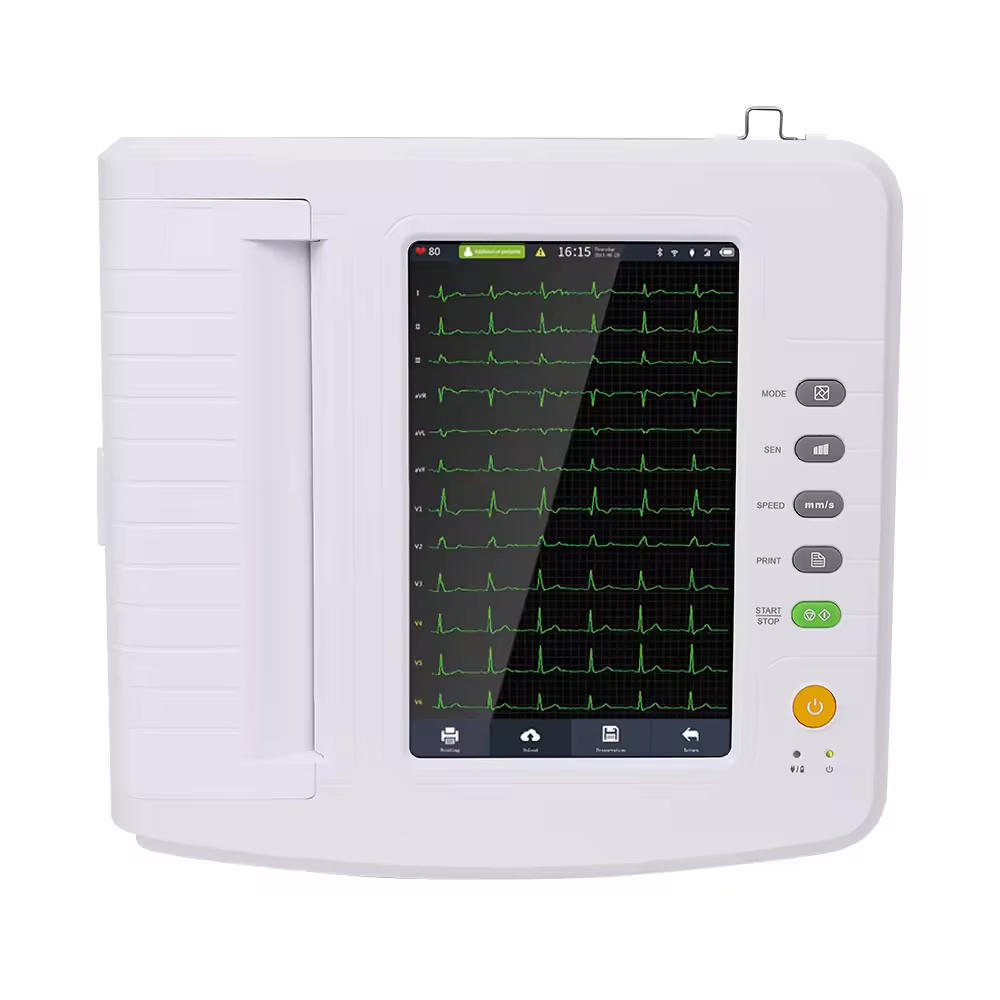

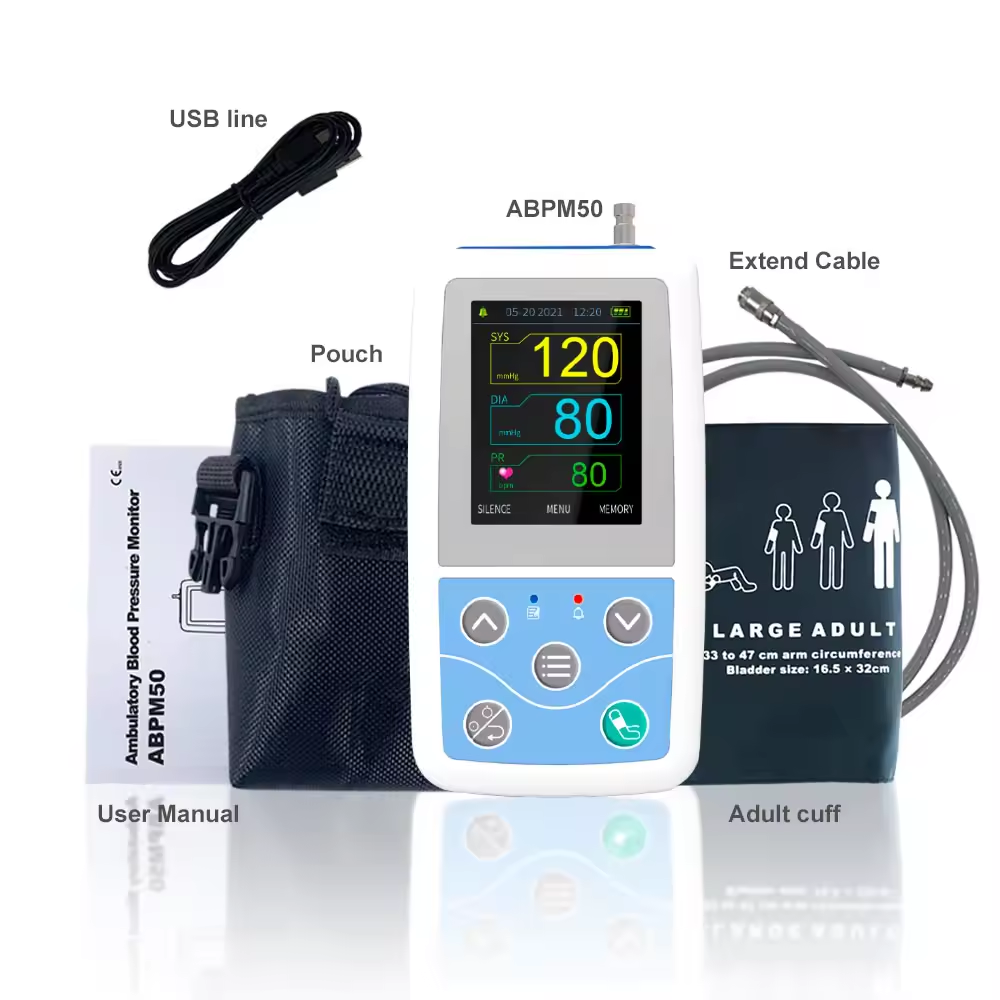




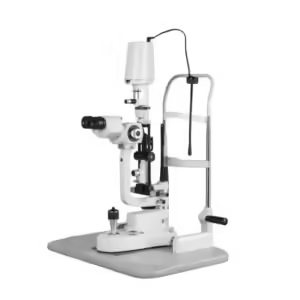
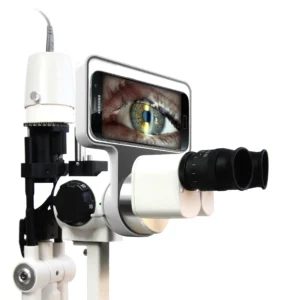


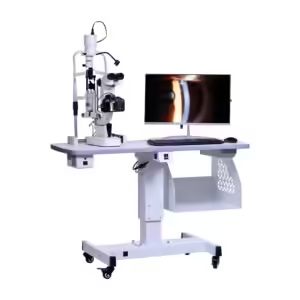















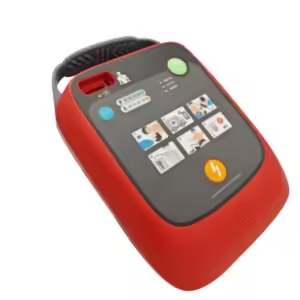



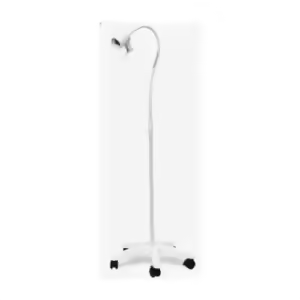









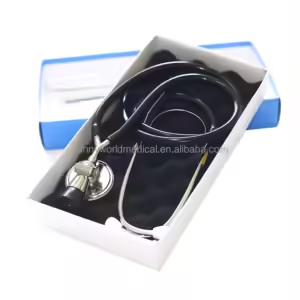



Reviews
There are no reviews yet.